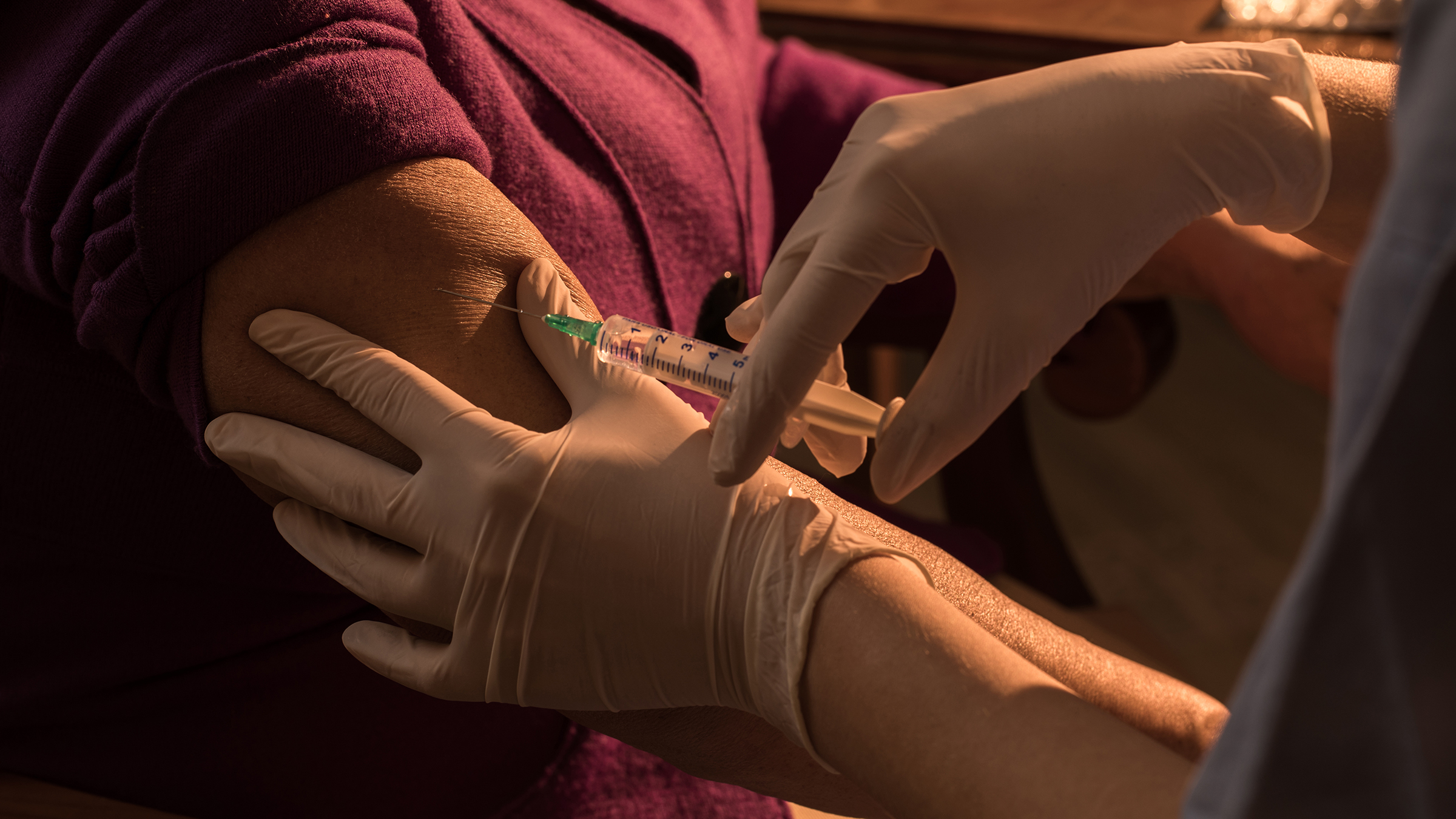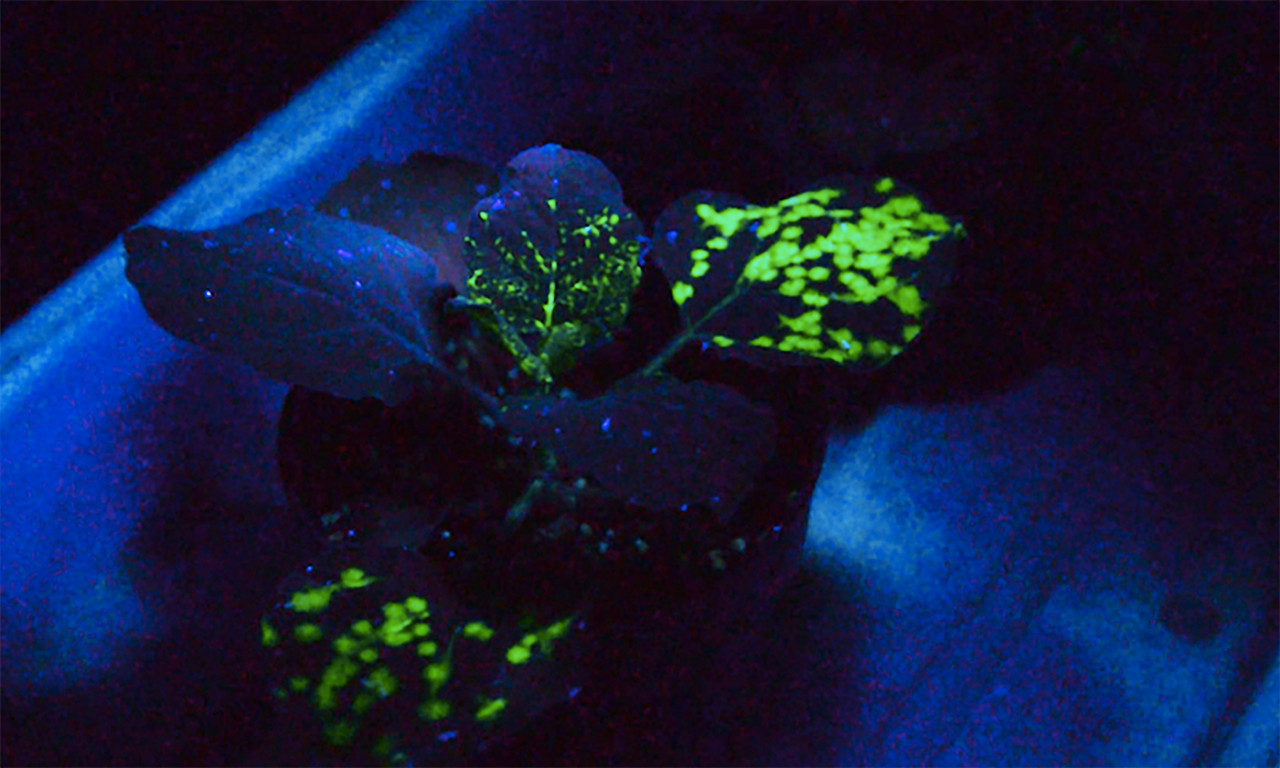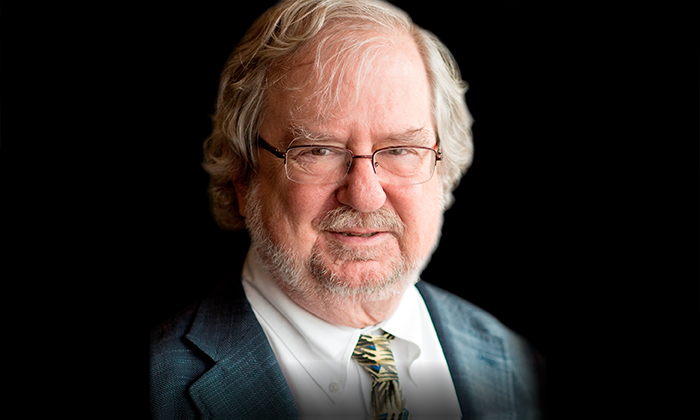News
Experimental Vaccine Against Respiratory Syncytial Virus (RSV) Elicits Strong Immune Response
Promising results for a new RSV vaccine candidate.

Turning Plant Pests into Helpers
Aphids are an enemy for most plants now, but the latest work from a team of scientists may make them a crop's new best friends.

UT Scientists, Mathematicians and High Schoolers Partner for Success
Gold medalists in an astrophysics Olympic-style event, award-winners at a statewide science fair and budding genetic engineers who shared their research 2,000 miles away are among the high schoolers who found success after working closely with members of the Texas Science community in 2018.

Visualizing Science 2018: Beauty and Inspiration in College Research
Winners of the 2018 Visualizing Science contest include images of nanomaterials, the connection between chaos and electronics and a glimpse into the aural lives of the elderly.

UT Austin Alum James Allison Awarded Nobel Prize
The UT Austin community celebrates a Nobel Prize for one of its own.

Of Fruit Flies, Nobel Prizes and Genetic Discoveries that Change the World
Last year, University of Texas at Austin alumnus Michael Young won the Nobel Prize in Physiology or Medicine for discovering the molecular mechanism behind circadian rhythms.





